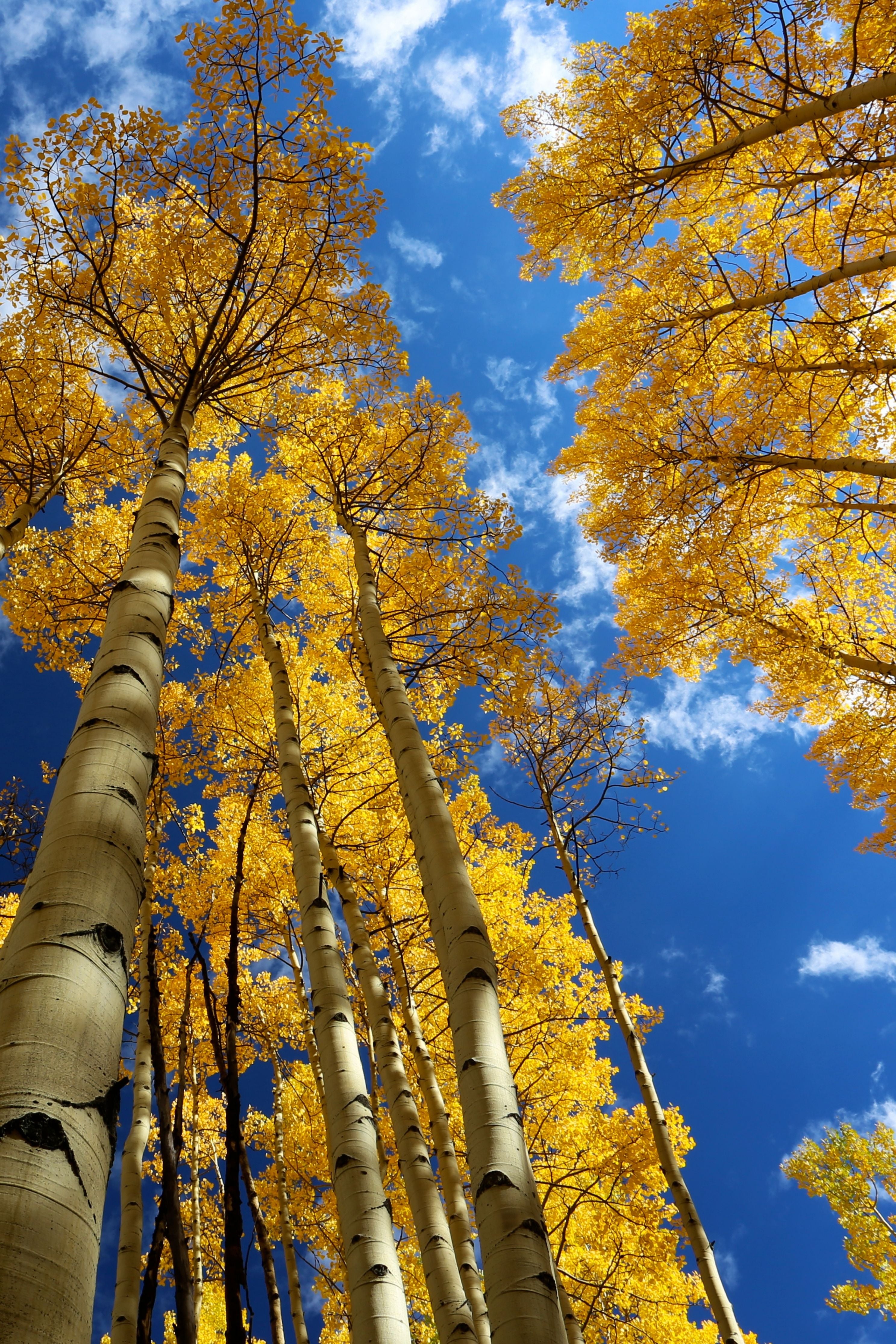
Pando - The Trembling Giant
The largest organism in the world is not an elephant or a whale, it is actually the Pando aspen tree, a 106-acre aspen clone in Fishlake National Forest in Utah. What looks like a grove of over 40,000 separate trees is actually a single genetically identical tree connected by a massive root system. Its name, Pando, is from Latin and means “I spread.”
Quaking aspens are known for their bright yellow color in fall and the quaking sound they make as the wind passes. Often called the trembling giant, Pando’s leaves actually all go from green to gold at the same time in fall. This phenomenon is how Pando was first discovered by scientists flying overhead.
Sometime between 9,000 and 12,000 years ago, a seed the size of a pepper grain slowly grew into what is now a forest of one, with over 40,000 trunks. It is the heaviest living thing in the world at over 13 million pounds while also being one of the oldest.
Aspens have the ability to produce identical grow through offshoots from their roots which allows them to colonize vast landscapes through a shared root system. The Pando Aspen Clone grew from a single parent aspen and genetically cloned itself for thousands of years to get where it is today.
Even though Pando as a whole has survived and thrived all these years, each individual trunk only lives up to 135 years, and Pando is facing some new challenges. Today, many of its trunks are more than 100 years old and new ones aren’t growing fast enough to replace the ones that are dying off. Changes in the environment such as overgrazing by deer and elk, who no longer have the natural predators who would keep their numbers in check are part of the cause. Pando is also struggling with some diseases that aspen face. Because of this, the Trembling Giant is at risk of shrinking. In an effort to encourage regrowth, National Forest staff fenced off portions of Pando, and the resulting growth in those areas is promising but there is still much research to be done to better understand and help Pando.
Quick facts about Pando:
- Pando is located just southwest of Fish Lake on Utah State Highway 25
- It is a “clonal colony” of quaking aspen which means that genetic analysis has shown that the entire forest is just one single male individual connected by a massive root system
- It was discovered in 1976 by aspen ecologists Burton Barnes and Jerry Kemperman
- In 1992, scientist Michael Grant gave the tree the nickname Pando, meaning “I spread,” and it stuck
- Between 2006 and 2008, researchers from the US Forest Service worked with independent researchers to gather genetic material from Pando and test it, proving that it was a single tree
- When Pando’s leaves turn gold in the fall, all of the leaves on it’s 40K+ trunks, change at the same time
- Pando is the size of 80 American football fields (106 acres, 43 hectares)
- Its weight has been estimated at 13 million lbs (6,000 metric tons) making it the heaviest known organism on Earth.
- It’s difficult to tell Pando’s exact age because the tree constantly regenerates and no part of the original organism exists to date it in the traditional way but scientists believe that the Pando seed started growing sometime after the last ice age between 9,000 and 12,000 years ago
- Pando has an estimated 47,000 stems (trunks), each living an average age of 130 years.
Just like all the aspen trunks that are connected to one large and wonderful Pando tree, we at Pando Coffee believe that we are all connected and each of us can make a difference one step at a time to contribute to a bigger purpose.

